– Y.Sunita Chowdhary
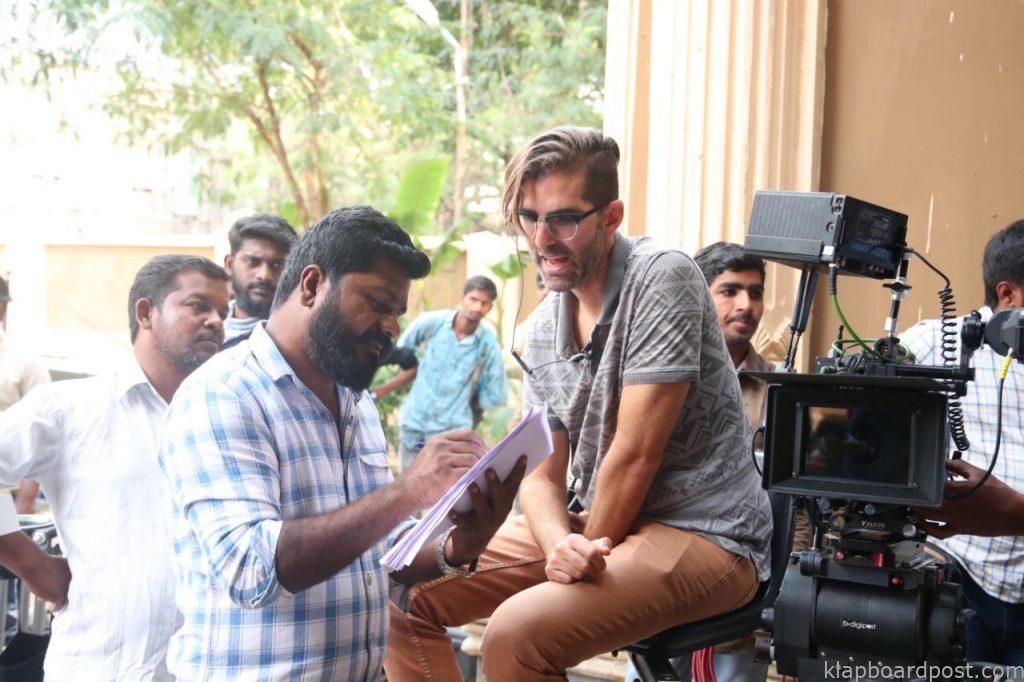
Dani Sanchez Lopez’s career is defined by his collaborations with some of contemporary cinema’s brightest talents. He has been around for 13 years so far and his lensing has always exhibited a sense of willingness to try out new techniques. Be it Mahanati or Virata Parvam or the rest of his films, he’s very specific about what he wants. Here, Dani in a conversation with Klapboardpost.com gives us an insight of his love and understanding of India through his lens. He says as a photographer, India embraces you like no other place in the world. He discusses his style, artistic process, and view, with the discussion centering around his contributions to the upcoming film by Venu Udugula called Virata Parvam
After the stupendous success of Mahanati, what was on your mind? Did you want to do something small and simple or a gigantic film to upkeep your repertoire?
Mahanati released just a few weeks before the anniversary of our first day of shoot. My next project, Miseducation of Bindu, was an indie feature film inspired by my first short film as DOP. The project developed for over 10 years, and it went through many changes. The biggest one was when Prarthana Mohan (director and writer), Kay Tux (writer) and I came with the idea of adapting to the times and transforming the original Wendy into Bindu, baptizing an Indian-American protagonist. The project took off from there.
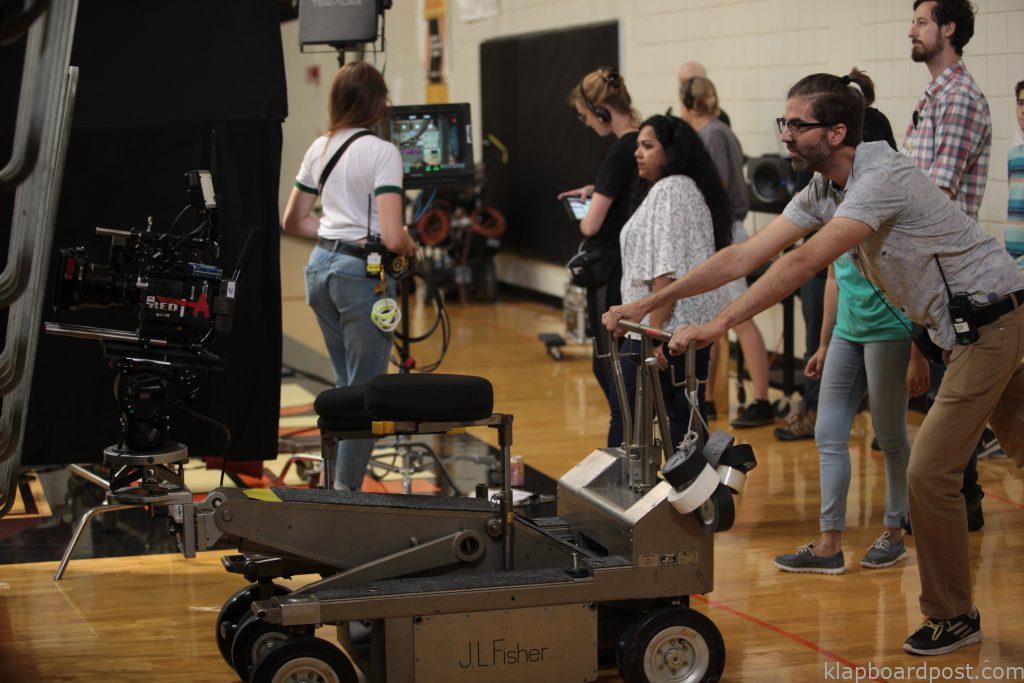
We participated in the Seed and Spark’s crowdfunding campaign Hometown Heroes, and we won! The Duplass Brothers took over the executive production, along with Edward Timpe and Pigasus Pictures as producers. They were the ones who pushed hard to prevent surrendering to the shoestring budget when it came to equipment: we got the support of Panavision and New York Film Academy.
From 100+ days for Mahanati, I moved to the 18 shooting days in Bindu… How do you manage to shoot a whole feature film in that marathonian limit?
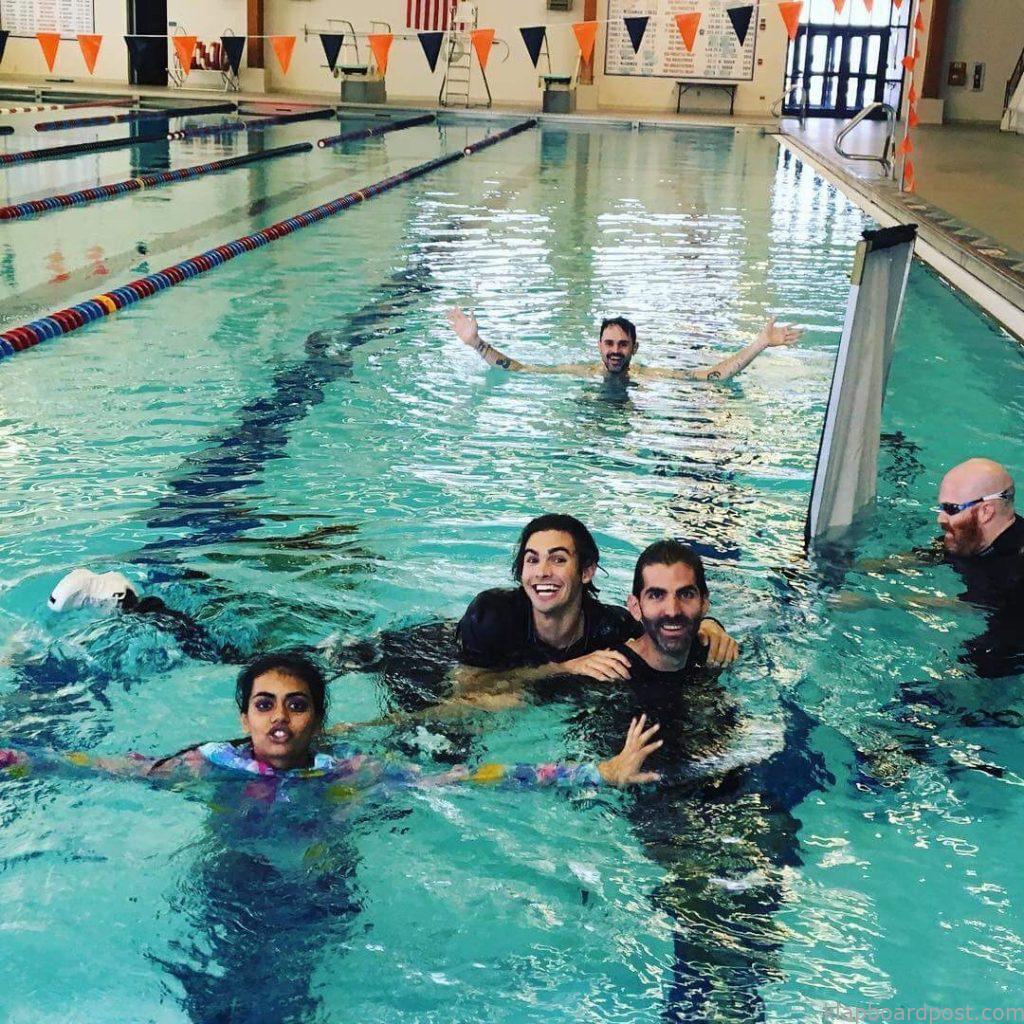
1.- We always relied on moving masters, linking different shots into one camera movement. Also, Prarthana would accept first or second takes of shots, so we could move fast. A combination I learnt from Telugu cinema, where actors usually prefer their first take.
2.- We precisely selected the location and times of day so we could simplify lighting and shoot without much disruption. My gaffer, Drew Moe, was ready with a quick light fix, when we needed it, and once dusk took over a very emotional scene in which a character comes out of the closet. And we got lucky! Beautiful fireflies are visible during this gorgeous scene with Philip Labes (Watchmen) and Megan Suri (Atypical) in the lead, they are both going to be huge!
3.- But mostly, trusting your team. I brought Drew Moe from LA, he had worked with me on most of my Indian films (San75 for example), and we got amazing Indianapolis talent, like Nicole Lehrman and Viktor Grossling, and Dakota Taylor behind camera, Nate Savidge, Andy Mesin on lights, and Gordon on art. We also lured great actors like the superstars David Arquette (Scream), Priyanka Bose (Lion).
We learn that Diwakar Mani was the DoP, how did you and what stage did you step into Virata Parvam?
I never refuse reading a good script, irrespective of the budget. I worked for the Sundance Institute developing and selecting projects, and understand how hard it is for indie movies to get made. My agency arranged for the English translation, gave me a 30 page script of Virataparvam very early in the game, and I gulped it in one go.
It was truly special, so I asked to meet up with Venu Udugala right away. The agency was afraid we will not be able to communicate, because I can’t speak Telugu (yet), but we easily conversed in film references. He mentioned the camera movements of Tarkovski’s The Mirror, and I told him how I spent a winter with Andrei Zvyagintsev. He showed me the use of the sun imagery of Janusz Kaminski, and I replied with the precision of “El Chivo” Lubezki.
I was bound to make the film, but another film shoot in Spain got delayed, and Virataparvam could not wait for me, because they wanted to use Santosh Sivam’s favorite season: monsoon. They were lucky they got Diwakar as their DOP, who was Mr. Sivam’s assistant.
There was another delay in the shoot schedule, and Diwakar could not continue with the project, so they contacted me again. I was in Hyderabad doing prep for Hiranyakashap, another project with Rana, directed by Gunasekhar, and I was so happy I could finally shoot the film.
There was a rumor that I took it away from Ravi Varman or Diwakar, but that’s just gossip. Ravi and I are good friends.
The film though it has political undertones is essentially a love story? Is it a juxtaposition of love and naxalism?
I can’t elaborate much into the story of the film. You know how important it is to keep it secret in this industry. But let me just say it hit right home. In Andalucía, the South of Spain, we also had landowners who accumulated land and wealth and workers and people lived in misery. There were many movements that promoted solidarity and the sharing of wealth, and many of them were prosecuted and became violent conflicts. I had no idea these stories also happened in India, and in that sense, Telangana and Andalucía (my home) are very similar.
During Coronavirus, Andalucía surprised all of us with its generosity and solidarity. In fact, I am working on a documentary project about this right now. Jerez, the city I am from, is the cradle of flamenco music, and we wanted to pay homage to the stories of people who risked their lives to work for us when we stayed home. “This is for you”, is a documentary of the stories of healthcare personnel who had to deal with a collapse in the hospitals, policemen and women who tried to keep the morale high by going to houses and using their speakers to celebrate children’s birthdays, volunteers who created PPE when it was unavailable, riders who brought parcels to your door when it was so dangerous, neighbor associations who shared the resources they had with least favored families… to all of them we gift them flamenco performances shot in singular rooftops of the city; that space of our homes that gave us life during confinement. Luis de Perikín leads the artists and sound, Irene Canca is the EP, and I direct and produce with my newly founded production house “DANISALO” and Fundarte. The doc is on production stage, and the performances will be out in youtube weekly in:
https://www.youtube.com/channel/UCwMFCsmxsnI6RYeakXV8jkQ
Mahanati had a lot of colours, two..it was a drama. What kind of story is this and what were the color palettes used to highlight it?
Again, I don’t want to anticipate, but let me just say that the spaces our characters inhabit are very different. In Mahanati we used all the vintage sets that Hyderabad offered, and we had some real locations; but for Virataparvam we wanted to mainly use real locations and get away from the comfort of the studio.
Natural and organic colors will populate our pallet, so our approach to color had to be subtle, a progression in the color that Rana character uses, an evolution in the costumes, and a lighting design that demarcates each season (and emotion) in the story, to name a few examples.
There was a talk that required you to procure a lot of equipment for this story which is essentially meant to be shot in real locations? What cameras were used for the same?
When we think about an organically beautiful image, we sometimes fall under the impression that there was no artifice behind it, it must have been captured spontaneously. The reality is usually the opposite.
Firstly, Venu, Krunal Sadrani (my right-hand First AC), the crew and I went on lengthy recces to establish the placement of the action, blocking, shotlist and time of day, which depended on what the sun dictated. Venu is a very visual director, and understands the importance of the sun’s position not only narratively, but also efficiently (it is faster to shoot when you are not fighting it). We even made the shooting plan right there. Then Krunal and I would sit and talk about the best way to go about lighting to keep it organic, yet functional. It is hard to find the kind of filmmaker who knows how to achieve that, and Krunal is that kind of talent.
Venu loves the restraint of an imperceptible dolly, as I do. We called Shankar Babu from Bombay, who is the best. He and I collaborated in San75, and his creativity oozes everywhere in the film. Yet, in the jungle or a waterfall, those become difficult to create because of the obstacles nature provides. I asked Venu to try Suneil, who is the best gimbal operator I have ever worked with. He is as stable as a dolly and much more versatile than a steadycam. Mixed with the mimic, which is a device to operate the hot head on the gimbal, I can compose the shot myself, and through an intercom tell him when and where to move. We got some incredible shots during the first days of shoot, and Venu was very pleased with the results, and we got Suneil for the rest of the film.
We wanted a very realistic and organic look, so we shot the film on Alexa mini LF, to get the maximum resolution in an easy to handle body. We also shot with the new spherical Signature Primes for LF, which render a beautiful and naturalistic image, and we avoided using filtration. For the same reason, we decided to frame with a widescreen 1.85:1 aspect ratio, which is unusual for Indian films. Cinemascope enhances the space around our characters, and horizontal movements, where Academy 4:3 is quite anthropocentric, focusing on the human on the center of the frame, it feels vintage and enhances verticals. Widescreen is a middle ground, where men and women find the balance in their space, and a two shot is quite well balanced by default, perfect for such a particular love story.
I can also advance that we used the latest Inspire II drone, and the Phantom Camera for a special and emotional ultra-high-speed scene in the film.
Like you studied the background of Mahanati, did you understand or source info about this social movement?
As I pointed out, I sourced back home to parallel the creation of rebel movements that try to placate inequality, and we started conversing about the essence of a philosophical and emotional journey, and the energetic framing of certain photographers who understood the world through their own path in life.
If for Mahanati I went back in time in the History of Indian Film, for Virataparvam, we went through photography classics like Homai Vyarawalla, the first Indian female photojournalist, or like Robert Frank, a traveler who was able to encapsulate the reality of America in his time, or Robert Capa, who was in Spain during the civil war. From that war, the Hermanos Mayo was a pseudonym under which a few photographers could publish the uncomfortable photographs people needed to see. Capturing estrangement, around the world, like female photographers such as Sandra Ballsells or Maja Hitij to name a few; and in India like Raghubir Singh, or Raghu Rai.
In my humble experience, I have also lived, traveled, and photographed India. I have loved to wander its streets, roads, landscapes, and capture them. As a photographer, India embraces you like no other place in the world. Many tourists come in search of the exotic, while I feel I have always tried to understand India deeper through my lens. I had an exhibition ready for Studio 78, the most prestigious space in Hyderabad, when the pandemic stroke. River Of Ashes is a photographic series that opened in Los Angeles, and also had exhibitions planned for Delhi and Europe.
How is the visual design? This film requires certain rawness and no rhythm meant for commercial cinema. How did you achieve that?
I believe that we, cinematographers, should be as chameleonic as actors. Every character demands drastic changes to an actor, outside and inside. For cinematography, every story demands a different visual design and we should adapt to the story.
When we talk about commercial cinema, we tend to forget Bergman, Kubrick and Tarkovski were blockbusters. Scorsese still is! Is Tarantino not commercial, or PT Anderson, or the Cohen Brothers, or Sam Mendes, or Mani Ratnam?
Virataparvam is a film with identity, with a visual stature that will thrill and capture the hearts of the audience in all theaters. It’s a love story filled with action. One of the main focus of my conversations with Venu was point of view, living the film through the eyes of our protagonist. We used very subtle techniques to achieve it, like keeping the camera close to the characters (using wide angle lenses), and organically moving with them and their emotions. Even during action, we needed to remain with our protagonists, and experience reality with them.
The locations and how did it help in creating an appeal
We had a very meticulous process for selecting realistic locations that will fit our story. My job was then to make the most of them. During our recce in Kerala, for example, I have to admit I forced my team to go through rivers, hills and cross obstacles to reach the most beautiful and dramatic locations. I cannot reveal much, but you will feel it when it comes out. It is shot right there! There’s no trick, it’s no CGI, and I think the audiences will notice it.
Could you tell us something about the costumes, the ambience..was everything dry and rustic?
We have already revealed some of the actors from the great cast of the film (Rana, Sai Pallavi, Priyamani) dressed in the naxal uniform in the promo. Costume describes character, and, in this case, every character leaves their clothing identity behind to join the movement. They let go of their past to join a cause, and that is very powerful and dramatic. It also has implications for our color pallet and contrast, obviously, as they dress in green and brown to blend in with nature.
When we are able to see the first images from the film, you will realize all the visual design is intertwined with the story and feels potent and gorgeous.
On what levels did you connect with the director?
Venu is not only an amazing filmmaker, but a great poet and a committed person. We became best friends very quickly not only because of film, but also because we could exchange translations in English of great Telugu and Spanish poets, as well as connected in the real of Human Rights activism.
You had a local, national and international team..working on the sets. Can you tell us who they were and how was the communication between all of you. Was there any confusion?
As I am a DOP and my place belongs behind the lens, I’m not used to so much attention, and I had to read some gossip news that did not show the film in the best light. This is a little frustrating, when reality is so different, but these news source from the interest of so many people in the film… they are so eager to know more, and that is great.
In the jungle we worked with the almighty music director Raju Sundaram in a spectacular song, and for the action scenes we brought Stephan and Simon (from Germany). Venu, Stephan and I worked really hard in preproduction for weeks to crack these scenes, and we decided to tackle the ambitious effects we needed two cameras and two teams, so we got Álvaro Ruiz for second unit (known for Gully Boy) and Kumar Mahopatra as second camera. We all got along very well, and you need to see the results! Álvaro, Carlos Catalán and I are hanging out in Malaga together as we speak and Stephan is currently in Valencia, Spain, and we might meet for a beer soon.
Can you comment on the stellar casting?
Virataparvam has a STELLAR casting. I have worked with amazing actors from the beginning of my career (David Arquette in Bindu was a dream come true), but in India I am blessed to have always photographed the top of the top. Kay Kay Menon who embodied one of my favorite characters in San75, Riccha Chaddha was in my first feature in India, I was able to show my hometown to Keerthy, Nadia and Naresh last summer, and what to say about the ensemble cast of Mahanati! But Virataparvam is at least at the same level. Not only are Sai Pallavi and Rana amazing actors, but they have a similar approach to acting. They are both very naturalistic, and they have special chemistry that oozes out of the frame.
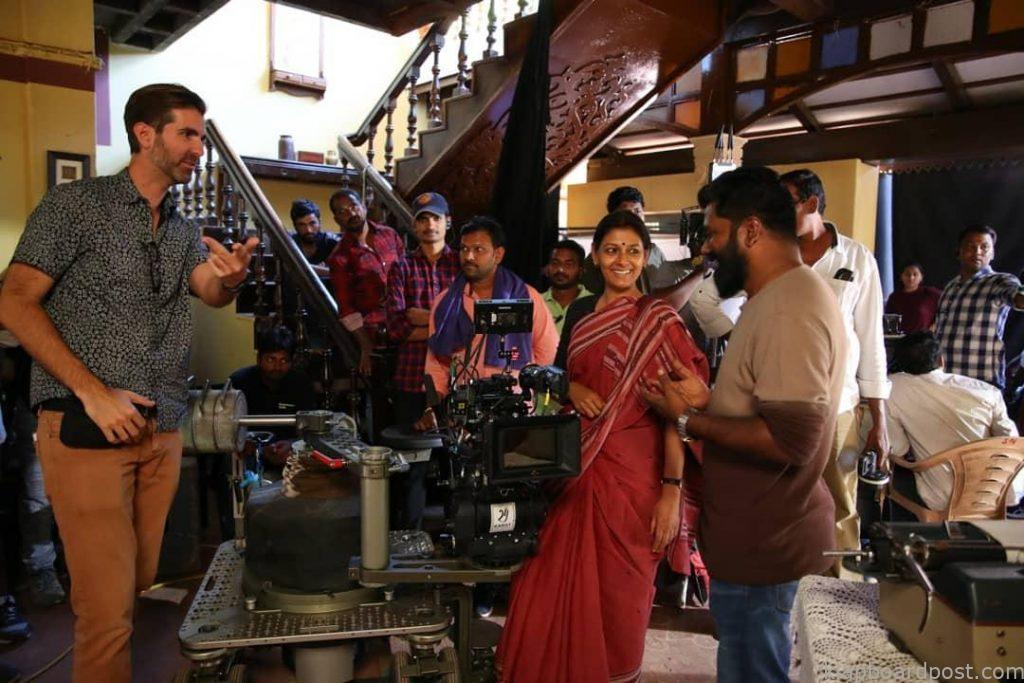
After a period of preproduction of over a year with Hiranya, where Rana is a key creator next to his father, Suresh Babu, and Gunashekar, we had a familiar relationship, we could let each other know what worked and what did not. That always helps on set, even when Rana is a very grounded, humble, and easygoing person. He jumps into the role the moment action is called.
The same can be said about Sai Pallavi. This is a very demanding role, physically and emotionally, and sometimes I confess I prompted difficult choices for her, and she always embraced the challenge, in fact, she loved being challenged! And she always came out victorious from them.
I had already worked with Zarina, who is incredible, but I had always wanted to work with Nandita Das. She is not only a fantastic actor, but I also admire her approach to cinema. As an actor and director, she chooses her projects very wisely, and her joining Virataparvam means something big! Venu, Nandita and I clicked right away, and worked extensively on her scenes. She has a special presence on screen. I would love to work under her direction at some point.
Any challenges you faced? At what stage is the film in now and how do you hope to complete it?
We had many. Extreme heat, dangerous locations, long hours, ambitious shotlists, you name it. But I think we can all agree that the biggest challenge is the Coronavirus. During the shoot, we started the protocol of washing hands and using masks, but it still caught us by surprise when we were working on the action scenes. The next day, all shoots in India were cancelled indefinitely, leaving the movie only a few days away from completing the shoot.
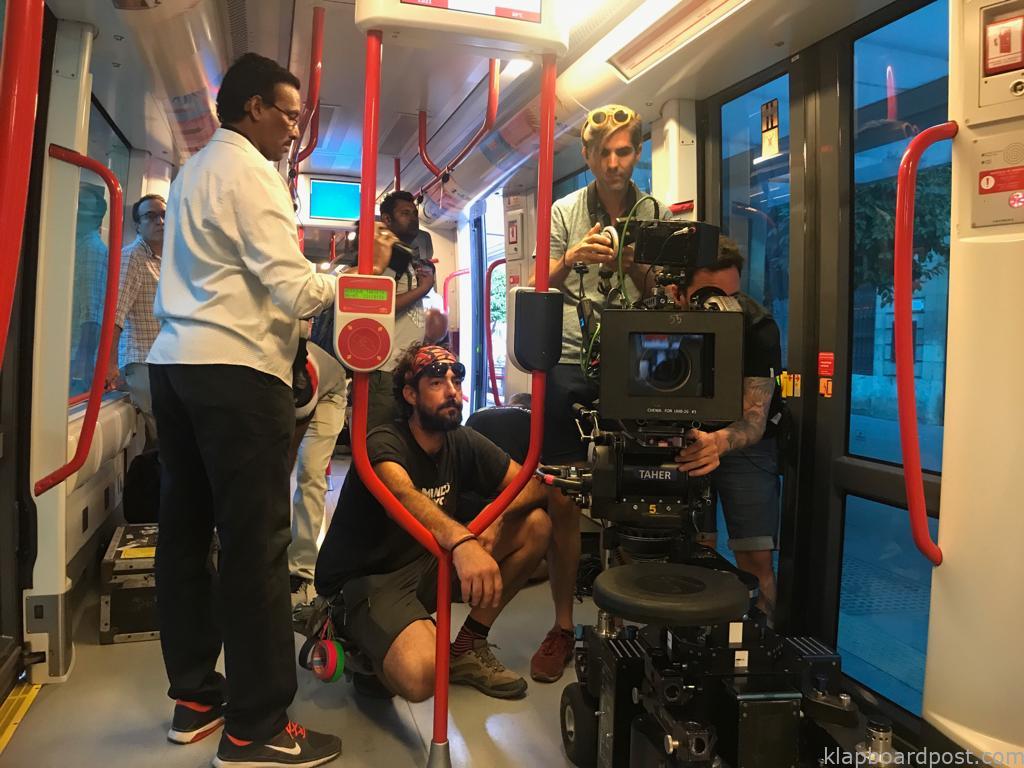
Álvaro and I called the embassy of Spain, and they suggested we fly back immediately, even when our country had just declared the alarm state. We understood this was not a temporary issue, but a global pandemic. I called my family and got to know my aunt, who is a nurse, was infected, and the producers, SLVC and Suresh, kindly booked me a flight back home that same night. My aunt recovered well from the virus, but it was important to spend this uncertain time with my family, and I thanked every day that my producers understood that this was not a local problem, but a global one.
How are you spending your time now and where you are currently in?
Telugu cinema has treated me very kindly with great projects: Mahanati, Keerthy’s 20th film shot in Spain, Virataparvam now, and Hiranya as soon as we can… I also had some talks with Zoya Akhtar about a project for Amazon Prime Originals before Coronavirus cancelled all of our plans. Cannot wait till this is over and we can start shooting in India again.
In Spain, I have created a production company! As I advanced I am producing and directing a documentary, but I also have a couple of shorts that I am directing and shooting in August, and most importantly, during confinement I finally had the time to wrap postproduction of a short doc I directed, called @buddhistandqueer. It follows Tashi, a Telugu human rights activist who always pushed for LGBTQ+ rights, now as a Buddhist monastic. I tele-post-produced with amazing Andalusian talent, editor Mer Cantero and Alonso Velasco in sound, as well as the mind-blowing Hedrun (Palash Kothari) in Mumbai for the score. This is the first project of my production house and it is ready for festivals.












